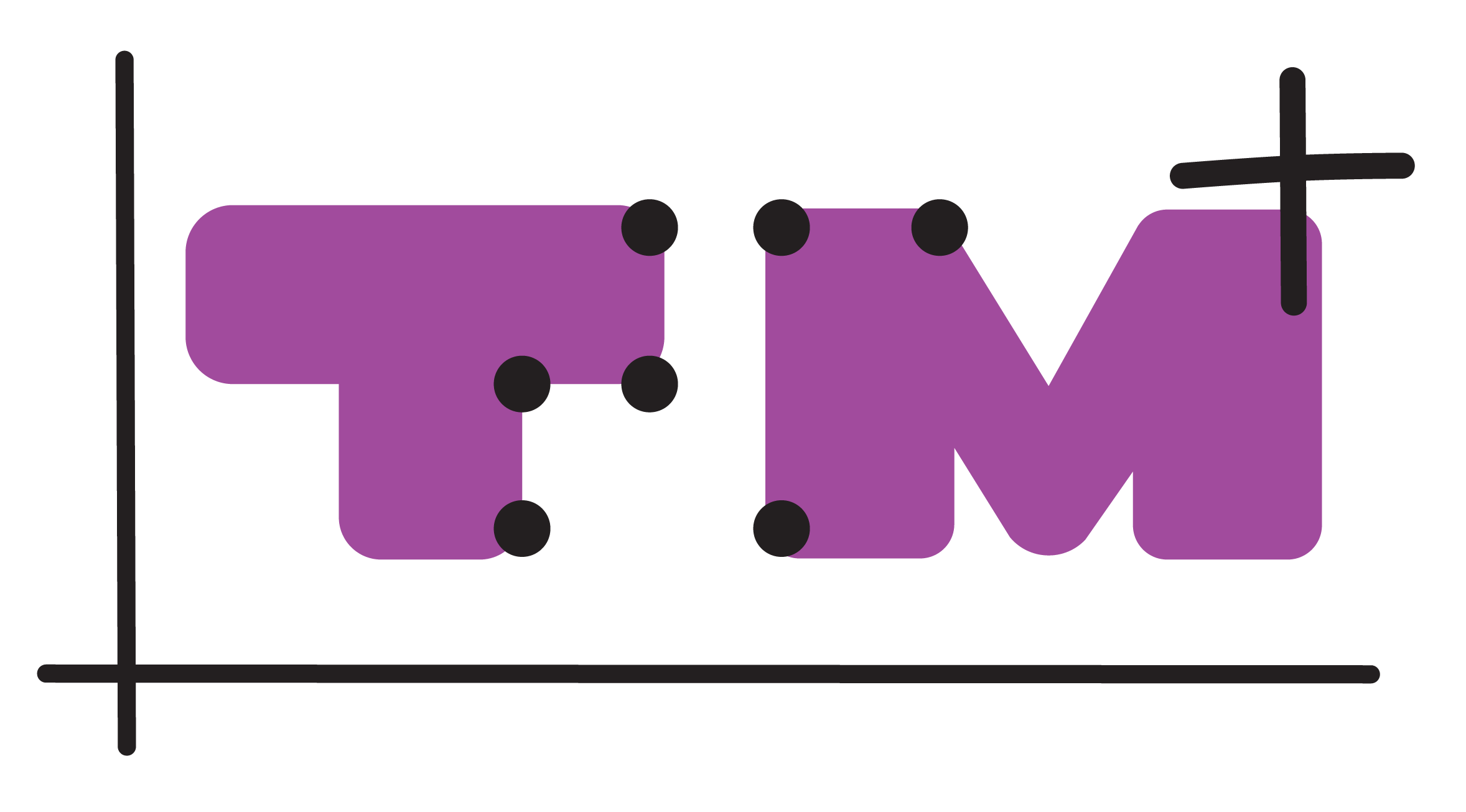Every country has a mathematical core curriculum (MCC) that describes what skills and knowledge students need to understand and do mathematics at a specific level. Braille readers face unique challenges in achieving the same academic goals in mathematics as their sighted peers. However, with the right support, they can reach these goals. To address this need, we developed the expanded mathematical core curriculum (EMCC), which builds on the MCC by specifying additional knowledge and skills that braille readers need. These include the ability to read mathematical symbols and expressions in braille, interpret tactile graphs and drawings, and use accessible software designed for braille readers.
The EMCC, along with its accompanying instructional guides, is designed for all professionals involved in the math education of braille readers. This includes not only mathematics teachers but also those specializing in accessible technology, braille literacy, and tactile image reading. Tactile image reading refers to interpreting tactile representations of graphs, diagrams, and 2D and 3D models. While primarily intended for braille readers, the EMCC can also be beneficial for students with severe visual impairments who do not use braille.
Read more about the EMCC for each mathematical topic:
The instructional guides are written to the math teachers and three professionals involved in the student’s mathematical education. Note that a person can be competent in different areas.
Mathematics Teacher
The instructional guides for math teachers offer strategies for adapting math instruction to meet the needs of braille readers. They focus on inclusive teaching methods that allow braille readers to learn alongside their peers and include examples of reverse adaptations — adapting teaching methods for sighted students to benefit braille readers as well.
ICT Professional
A professional in ICT trains braille readers to use computers and specialized software for math lessons. They provide personalized support, stay updated on accessibility tools, and encourage practice to build confidence. ICT professionals also assess and adjust tools to enhance the student’s learning and independence in math.
Braille Professional
A professional in braille plays a crucial role in teaching mathematical braille notation to braille readers, along with strategies related to the notation, to enhance their understanding and interpretation of mathematical notation.
Tactile Image Reading Professional
A professional in tactile image reading supports braille readers in exploring and interpreting tactile math materials such as graphs, drawings, and 3D models. By guiding students in using specific tactile strategies, they enable a deeper understanding of mathematical relationships and visual representations.
